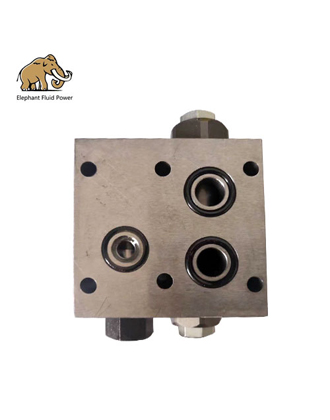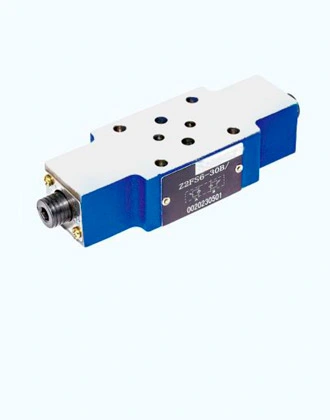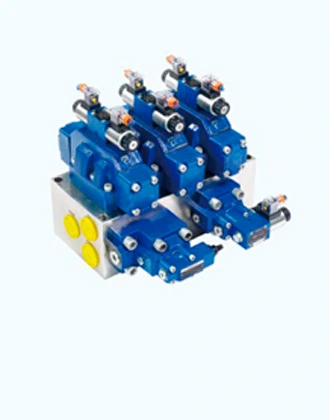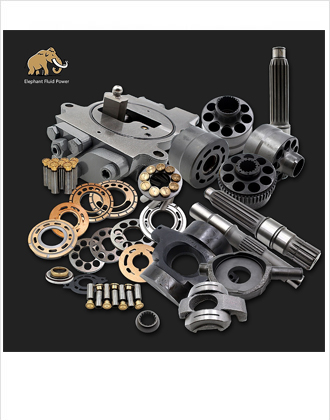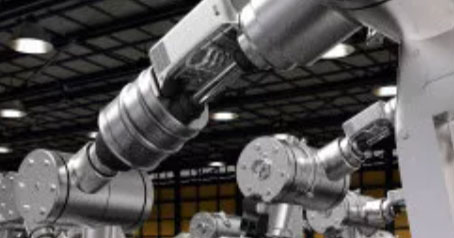Directional control valve, referred to as directional valve, its basic function is to control the on-off and flow direction of the liquid flow in the hydraulic system to change the start-stop and reversing direction of the actuator. The working principle of the directional valve is simple, it is to control the direction of the flow by changing the relative position of the spool and the valve body. Directional control valves can be divided into two categories: directional valves and check valves. Elephant Fluid Power will give you a detailed introduction today.
1. Check valve
A check valve is a valve in which the air flow can only flow in one direction, not in the opposite direction. It is composed of valve body, valve core, spring and other parts.
Check valves allow the liquid flow to flow in only one direction, while the reverse is cut off. The working principle is forward conduction and reverse cutoff. It is often installed at the outlet of the pump, on the one hand, to prevent pressure shock from affecting the normal operation of the pump, and on the other hand, to prevent the system oil from flowing back through the pump back to the tank when the pump is not working. It is used to separate oil circuits to prevent high and low pressure interference.
2. Reversing valve
A directional valve is a directional control valve with more than two flow forms and more than two oil ports. It uses the valve core to make relative movement in the valve body hole, so that the oil circuit is connected or cut off and the oil flow direction is changed. It is a valve that realizes the communication, cutting and reversing of hydraulic oil flow, as well as pressure unloading and sequential action control. The classification of directional valves is more complicated:
According to the structural form, it can be divided into spool valve type, rotary valve type, ball valve type.
According to the number of main oil circuits connected by the valve body, it can be divided into two-way, three-way, four-way, etc.
According to the working position of the valve core in the valve body, it can be divided into two, three, four positions, etc.
According to the operation of the valve core movement can be divided into manual, motor, electromagnetic, hydraulic, electro-hydraulic and so on.
Classification by valve working position The working position of the valve is called "position", and several valves that switch the working position are called "several position" valves. Frequently used are "two-position" valves and "three-position" valves. The position in which the valve is not signaled or operated is called the zero position.
The interface of the valve (including the exhaust port) is classified by the number of valve interfaces, and the valve interface includes the inlet, outlet and exhaust port, but does not include the control port. Common valves are two-way, three-way, four-way, and five-way.
(1) Manual directional valve
Manual directional valves are directional control valves operated by manual levers, which act as reversing (changing the direction of the fluid flow) and switching (turning the flow on or off) in the hydraulic system.
(2) Motorized directional valve
Motorized directional valves, also known as stroke valves, are mainly used to control the stroke of mechanical moving parts, with the help of a retaining iron or cam installed on the table to force the spool to move, thereby controlling the direction of fluid flow.
(3) Electromagnetic directional valve
Solenoid directional valves are valves that use solenoids to push the spool to control the direction of oil flow. The electromagnet is controlled by the electrical signal of a pushbutton switch, limit switch, travel switch or other electrical components. The use of electromagnetic directional valve can make the operation light, realize long-distance automatic control, and are widely used.
(4) Electro-hydraulic reversing valve
Electro-hydraulic directional valve is a combination of solenoid spool valve and hydraulic spool valve. The solenoid spool plays a leading role, it can change the flow direction of the control fluid flow to change the spool position of the hydraulic spool valve. The electro-hydraulic directional valve can not only realize the reversing buffer, but also control the flow of large flow with a small solenoid, so as to conveniently realize automatic control, so the electro-hydraulic reversing valve should be used in the high-flow hydraulic system.
Elephant Fluid Power is a company specializing in the production of hydraulic products, with a complete range of production, and all hydraulic products on the market can basically be produced. Compared with other companies, the advantage of elephant fluid power is first of all in the service in place, they always adhere to the people-oriented production and management philosophy, to meet the needs of customers as the highest value pursuit, to solve related problems for customers in an all-round way. Elephant Fluid Power can not only customize the relevant products according to the needs of customers, all products also have a one-year warranty period, during which the company will provide technical support to customers. Moreover, Elephant Fluid Power also produces matching spare parts, these hydraulic parts are of good quality, using high-quality materials, long service life and low price, easy to buy, which makes the later use and maintenance of the product very convenient.
Elephant Fluid Power is a reputable hydraulic products production company, treat all customers equally, if you have related needs, please contact us quickly!
directional control valve types
directional control valves explained
hydraulic directional control valve diagram
 French
French
 Portuguese
Portuguese
 Russian
Russian
 German
German
 Spanish
Spanish
 Japanese
Japanese
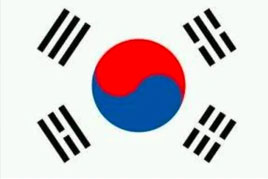 Korean
Korean
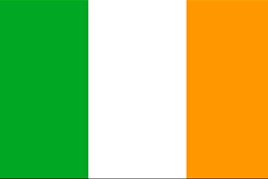 Irish
Irish
 Greek
Greek
 Turkish
Turkish
 Italian
Italian
 Danish
Danish
 Romanian
Romanian
 Indonesian
Indonesian
 Czech
Czech
 Afrikaans
Afrikaans
 Swedish
Swedish
 Polish
Polish
 Basque
Basque
 Catalan
Catalan
 Esperanto
Esperanto
 Hindi
Hindi
 Lao
Lao
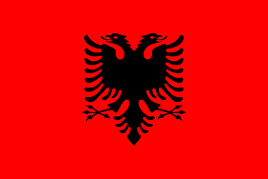 Albanian
Albanian
 Amharic
Amharic
 Armenian
Armenian
 Azerbaijani
Azerbaijani
 Belarusian
Belarusian
 Bengali
Bengali
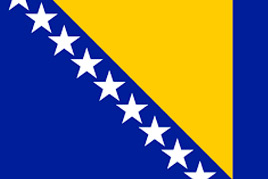 Bosnian
Bosnian
 Bulgarian
Bulgarian
 Cebuano
Cebuano
 Chichewa
Chichewa
 Corsican
Corsican
 Croatian
Croatian
 Dutch
Dutch
 Estonian
Estonian
 Filipino
Filipino
 Finnish
Finnish
 Frisian
Frisian
 Galician
Galician
 Georgian
Georgian
 Gujarati
Gujarati
 Haitian
Haitian
 Hausa
Hausa
 Hawaiian
Hawaiian
 Hebrew
Hebrew
 Hmong
Hmong
 Hungarian
Hungarian
 Icelandic
Icelandic
 Igbo
Igbo
 Javanese
Javanese
 Kannada
Kannada
 Kazakh
Kazakh
 Khmer
Khmer
 Kurdish
Kurdish
 Kyrgyz
Kyrgyz
 Latin
Latin
 Latvian
Latvian
 Lithuanian
Lithuanian
 Luxembourg
Luxembourg
 Macedoniar
Macedoniar
 Malagasy
Malagasy
 Malay
Malay
 Malayalam
Malayalam
 Maltese
Maltese
 Maori
Maori
 Marathi
Marathi
 Mongolian
Mongolian
 Burmese
Burmese
 Nepali
Nepali
 Norwegian
Norwegian
 Pashto
Pashto
 Persian
Persian
 Punjabi
Punjabi
 Serbian
Serbian
 Sesotho
Sesotho
 Sinhala
Sinhala
 Slovak
Slovak
 Slovenian
Slovenian
 Somali
Somali
 Samoan
Samoan
 Scots Gaelic
Scots Gaelic
 Shona
Shona
 Sindhi
Sindhi
 Sundanese
Sundanese
 Swahili
Swahili
 Tajik
Tajik
 Tamil
Tamil
 Telugu
Telugu
 Thai
Thai
 Ukrainian
Ukrainian
 Urdu
Urdu
 Uzbek
Uzbek
 Vietnamese
Vietnamese
 Welsh
Welsh
 Xhosa
Xhosa
 Yiddish
Yiddish
 Yoruba
Yoruba
 Zulu
Zulu

